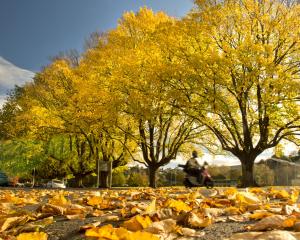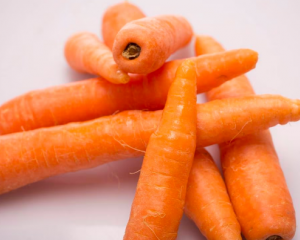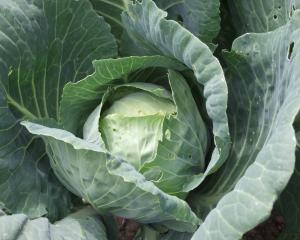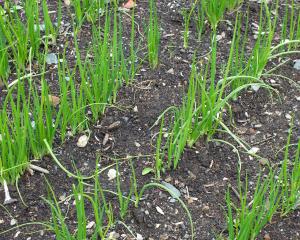Vegetables
Think ahead to next spring and improve the quality of heavy, clay-based soil by digging it roughly, so different levels are exposed to winter frosts, winds, rain and sun. Raw manure can be added also and will break down over winter.
Any potatoes still in the garden should be lifted and stored.
April is the traditional month to sow broad beans. These ultra-tough vegetables will germinate at very low temperatures and although they may make little growth over winter, will grow strongly in spring to produce better crops.
Some gardeners also sow peas at this time, with favoured variety Onward, which has a long maturity period (97 days). The dwarf variety, Novella, needs no staking and matures in 63 to 77 days.
Cabbage and cauliflower plants can be set in soil that has been well-manured or generously composted to stand the winter and mature in spring. For planting out in spring, sow cabbage and lettuce seeds in glass-covered boxes or cloches. Choose a rich soil and a sunny position.
Now is the time to prepare rhubarb for a good crop next spring. Rhubarb is a gross feeder, so heavy manuring or composting is required every year. Remove all dying stems and leaves, pull out weeds and pile manure or compost on the crowns.
Asparagus tops should be removed before the berry-like red seeds ripen or the beds will be clogged with seedlings. Cut stems to ground level, remove all weeds and apply seaweed-based fertiliser before leaving the beds clean and tidy for winter.
Flowers
Favourite pansies and violas can be grown from cuttings for spring plants. Place cuttings in gritty soil, sheltered from the sun and wind.
This is the last chance before winter to plant Ranunculus claws and Anemone corms. Anemone blanda is excellent for growing in drifts under deciduous trees.
Continue planting lilies. Rough sand or light gravel will improve drainage at the roots, while leaf mould, being slightly acidic, will help neutralise any traces of lime in the soil.
Antirrhinums, wallflowers, calendulas and marguerite daisies that have finished flowering can be cut back hard. In milder districts, these plants may produce a winter display, following the last of the chrysanthemums and dahlias.
Fruit
Walnuts will be ripening, so cut any grass around the trees to make nut collection easier. When they start falling, shake branches vigorously with a long pole to dislodge as many as possible. Nuts will discolour if left in rain and dew for too long.
Fruit trees can be encouraged to grow more fruiting spurs and less leafy top by root pruning now, when the leaves have begun to change colour but the soil is still warm enough to encourage new root growth. Young apples, pears and stone fruits are best lifted out of the ground completely. Cut back taproots close to the stem, shorten other strong roots and firmly replant the tree, staking to keep them from being blown over.
For larger trees, the method is more labour-intensive. Dig a semi-circular trench about 1m from the trunk. Dig to a depth of 1m or more, severing all the strong-growing roots that can be reached. Continue the digging inwards, from the bottom of the trench, to intercept any roots growing downwards. This is where the worst-offending taproots are usually found. Replace subsoil, then topsoil, ramming firm light soils but leaving heavier types to settle naturally.
If the tree is still too vigorous next summer, repeat the technique with the remaining half-circumference the following autumn. But do not dig right around a tree in one go, as with all its main anchors severed, the tree may be blown over.









